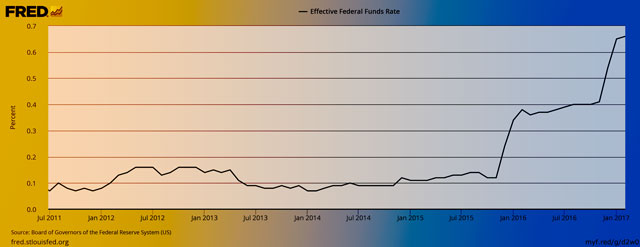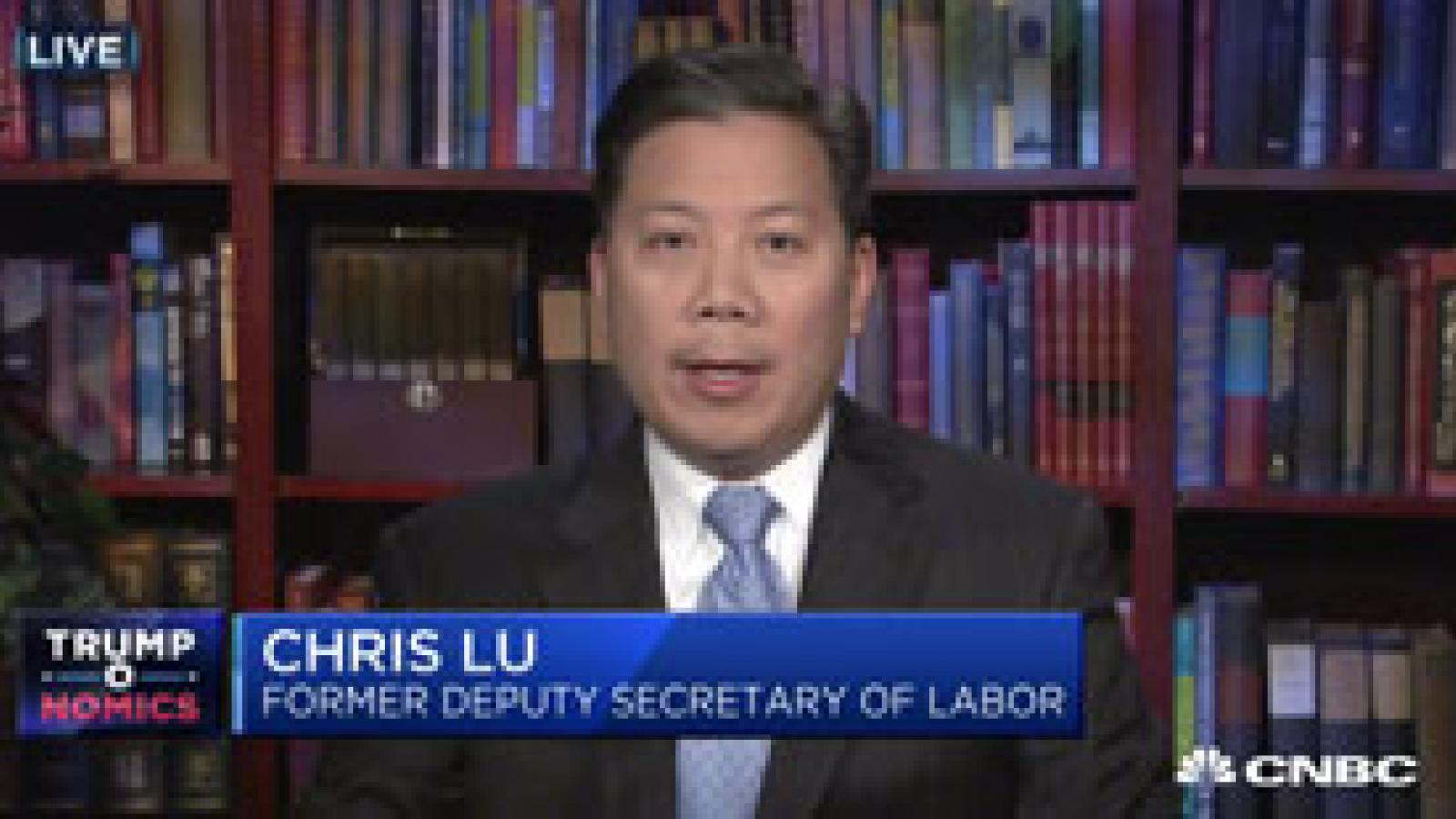How long will the job streak last?
Despite the strength of the economy, and seven straight years of job growth, there are storm clouds on the horizon
While the press attention this past week has been focused on health care, it’s important not to lose sight of several economic developments that will shape Donald Trump’s ability to help the working-class Americans who supported him.
On March 10, the Bureau of Labor Statistics released the first set of jobs data under the Trump Administration. For the month of February 2017, 235,000 jobs were created, and the unemployment rate ticked down to 4.7%. There were strong gains in construction and manufacturing jobs, and wages grew at a respectable 2.8% annual rate.
These recent gains continue a seven-year streak of job growth begun under the Obama Administration and suggest that there is little reason to fear a recession in the near term. Yet, despite the strength of the economy, there are storm clouds on the horizon.
On March 16, the Federal Reserve raised interest rates by a quarter percentage point, with additional rate hikes expected later this year. Some economists have raised concerns that the Fed’s move is premature and could potentially stunt further job gains and artificially depress wages for low and middle-wage workers.

On the same day of the rate hikes, the Trump Administration released its budget for Fiscal Year 2018, which proposes dramatic cuts in domestic spending to offset an increase in defense spending. While the Trump budget stands virtually no chance of passing as proposed, it represents a starting point in negotiations between the White House and Congress.
The Administration’s budget is stunning in its proposed cuts to programs that provide economic assistance to the rural and small town communities
The Administration’s budget is stunning in its proposed cuts to programs that provide economic assistance to the rural and small town communities where voters supported Trump. The budget would decrease or eliminate funding to community banks, education programs for low-income students, affordable housing, job training, and rural economic development. Even funding for popular programs like Meals on Wheels and the Low Income Energy Assistance Program would be eliminated.
Also looming on the horizon is a possible repeal of the Affordable Care Act, which would impact job growth. According to the Economic Policy Institute, the decrease in disposable income due to reduced health care coverage and higher premium costs could lead to a loss of 1.2 million jobs in 2019.
Certainly, these potential headwinds could be countered if Trump is successful in moving a large-scale infrastructure bill.
Certainly, these potential headwinds could be countered if Trump is successful in moving a large-scale infrastructure bill. However, with Congress taking longer than expected on health care reform, the legislative calendar for the rest of the year is becoming crowded, potentially endangering the prospects that infrastructure and corporate tax reform legislation will be completed before the end of the year.
During last year’s campaign, Donald Trump frequently described the U.S. economy as being a “mess.” The truth, however, is that he inherited a strong, vibrant economy from his predecessor. He now controls the steering wheel of the economy, and the decisions he makes in the coming months will determine whether the economy continues smooth sailing or runs into turbulence.
